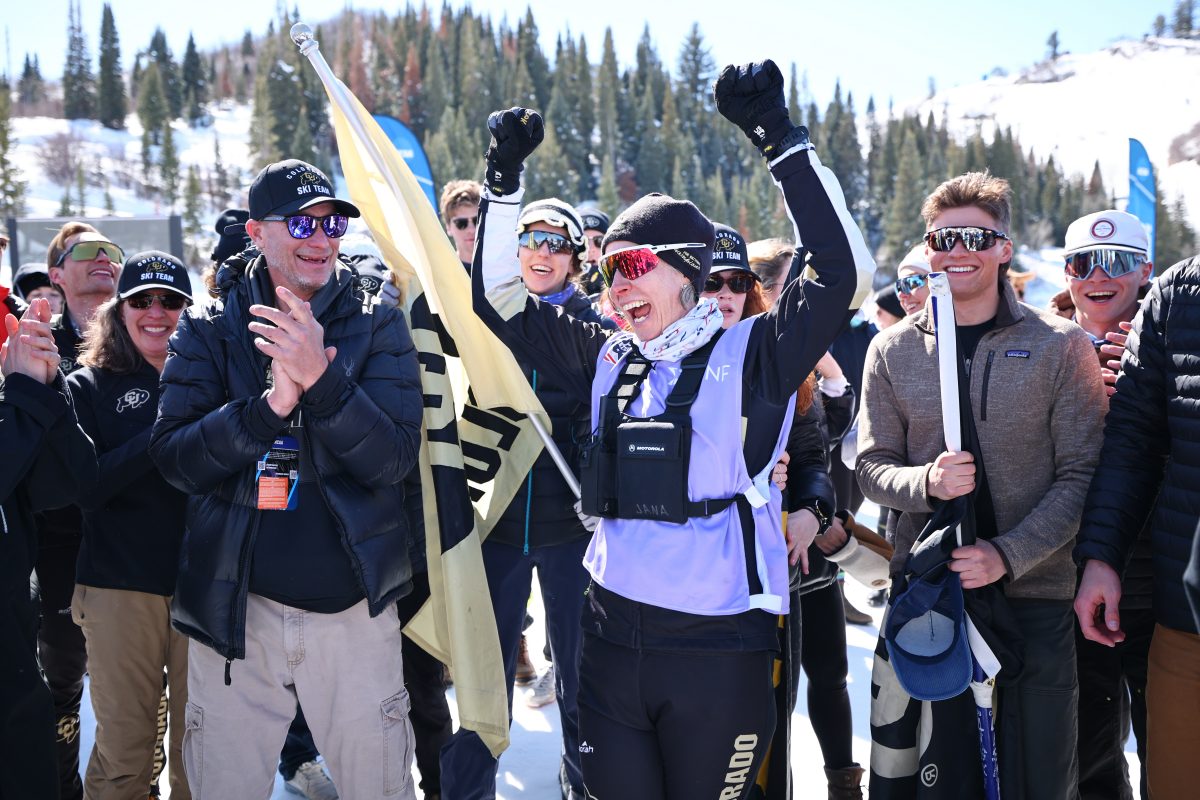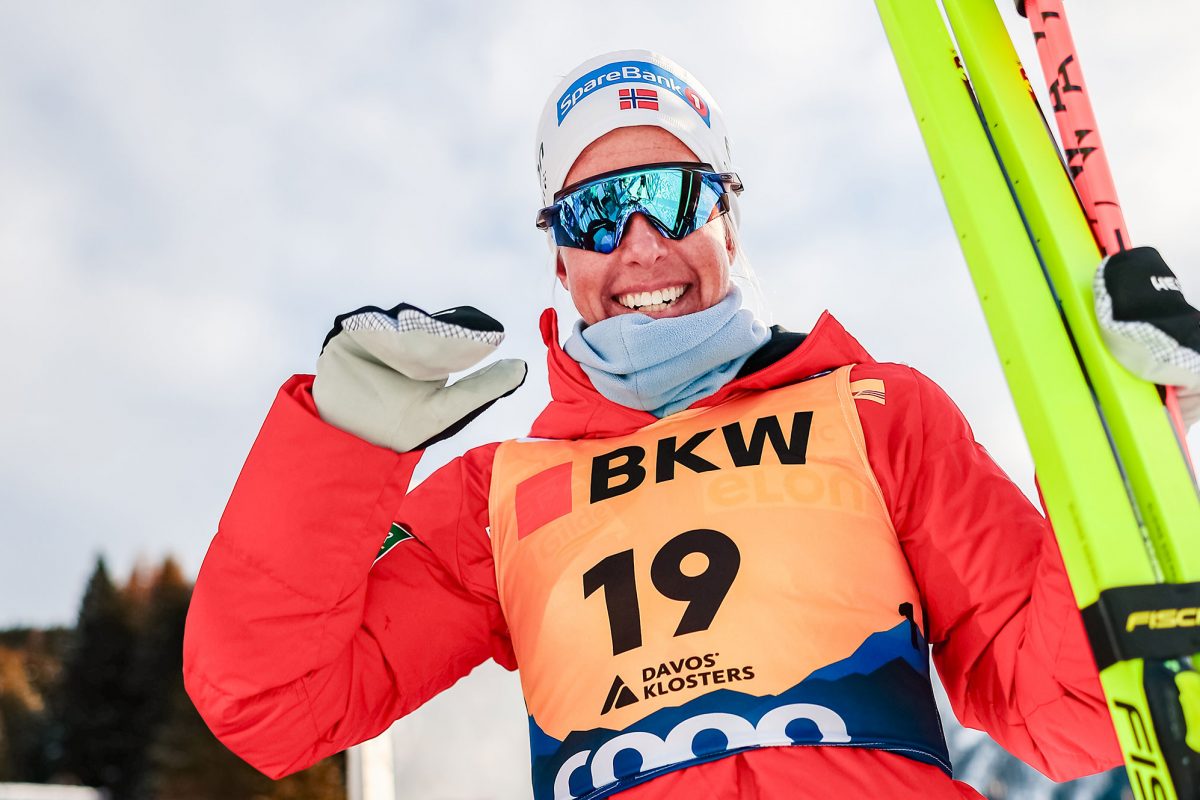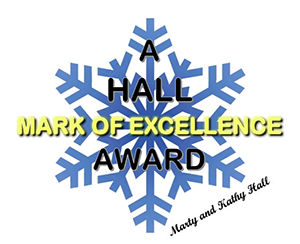 This coverage is made possible through the generous support of Marty and Kathy Hall and A Hall Mark of Excellence Award. To learn more about A Hall Mark of Excellence Award, or to learn how you can support FasterSkier’s coverage, please contact info@fasterskier.com.
This coverage is made possible through the generous support of Marty and Kathy Hall and A Hall Mark of Excellence Award. To learn more about A Hall Mark of Excellence Award, or to learn how you can support FasterSkier’s coverage, please contact info@fasterskier.com.
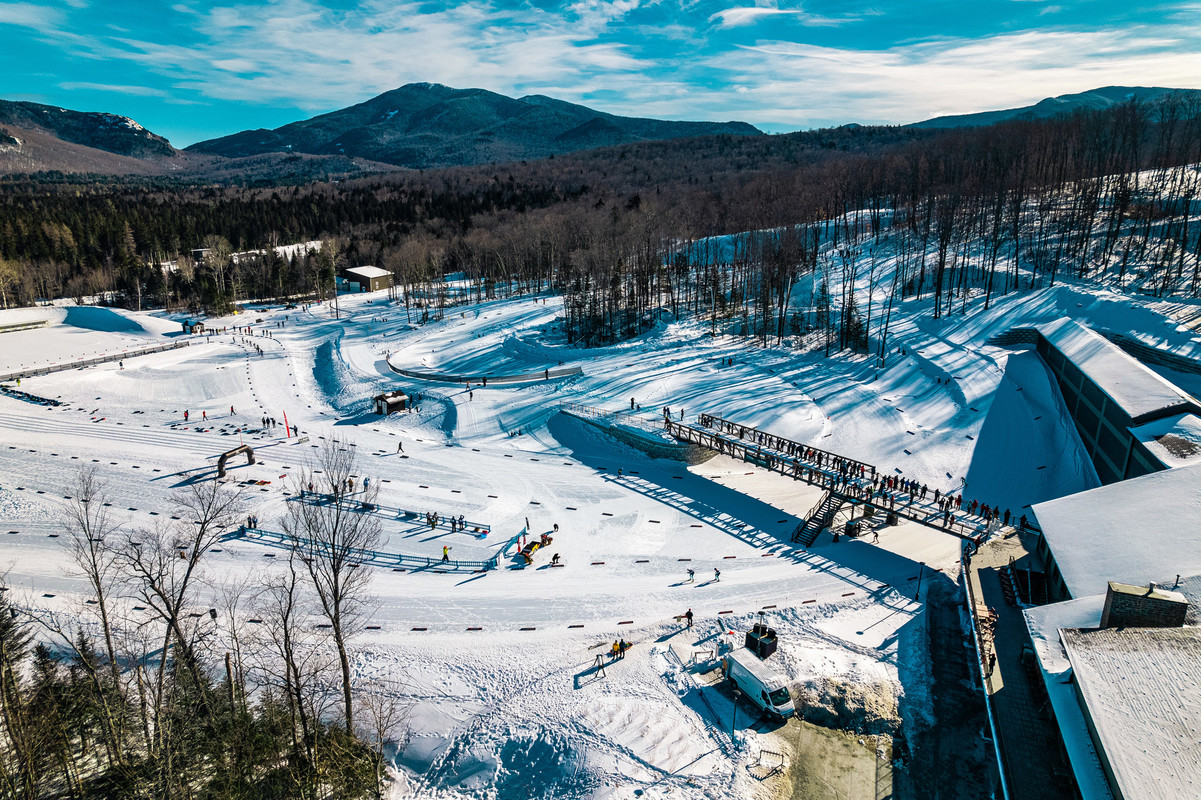
In Part I of FasterSkier’s article about the Lake Placid organizing committee’s work to be chosen as a venue for a World Cup, we spoke with Kris Seymour, Nordic Program Coordinator for the Olympic Regional Development Authority (ORDA) to see what had to be done to bring Lake Placid into contention to be a World Cup venue. Our discussion with Seymour continues as we look at what it took to get Lake Placid a World Cup and what other challenges the host venue will face.
A Very Busy Month
If all goes according to plan, just before the FIS World Cup in Lake Placid, there will also be an International Biathlon Union (IBU) stop. The IBU Cup Lake Placid is hosting is one step down from the biathlon World Cup but is still a major international event. Seymour is confident in Lake Placid’s ability to handle the high volume of headline-grabbing events. “One of the things about ORDA is that it’s a fairly large company,” commented Seymour. “We have dedicated departments…and dedicated and trained people on the venues. In the last two years we’ve hosted major events simultaneously. For the last four seasons we’ve been pushing our schedule to be quite aggressive. This year we challenged ourselves. We had the New York State public high school championships, the Lake Placid Loppet, the USCSA (United States Collegiate Ski and Snowboard Association) national championships, and junior nationals all within a three week window. Our venue is being called on more and more to host events because of our capabilities. With every event we get more efficient, professional, and capable. We’re excited for the events.”
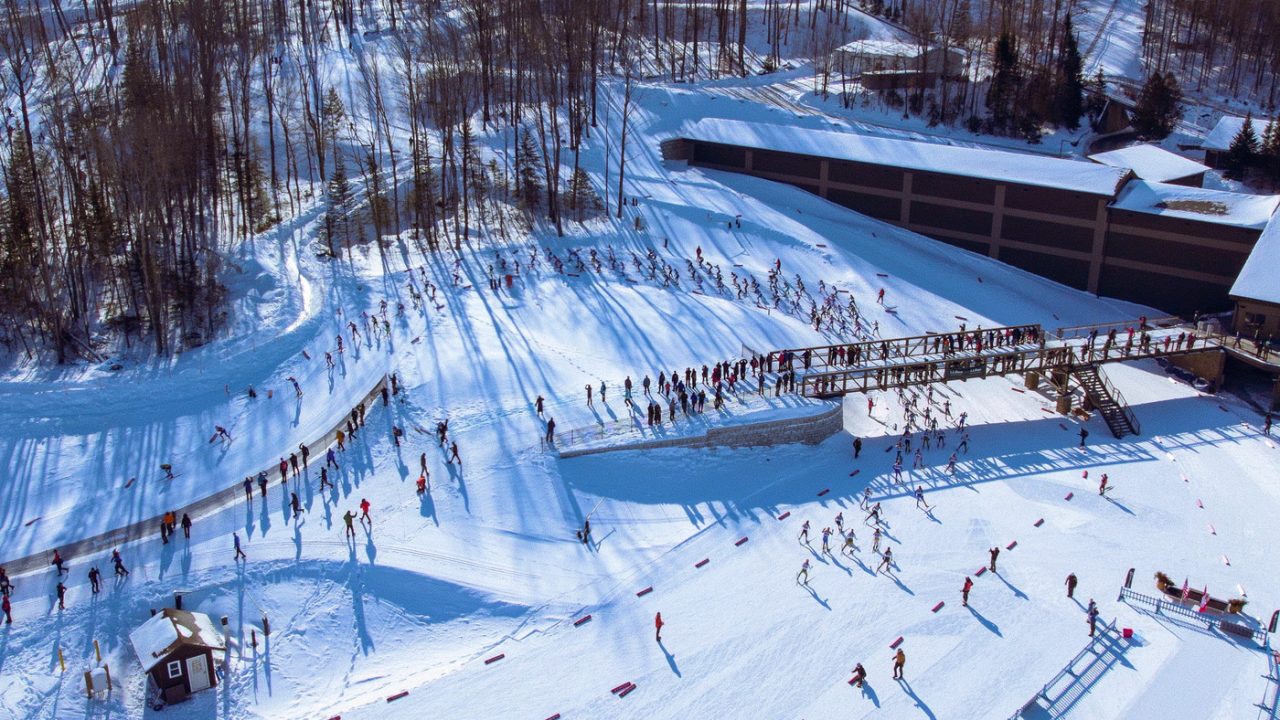
Lots of State Money
Footing the bill for all the upgrades to transform Lake Placid into a World Class level venue wasn’t cheap. “All of the Olympic facilities at Lake Placid are funded by the state of New York,” explained Seymour. “The state of New York invested $80,000,000 into the Lodge, the snowmaking, the construction of the new trails, the team areas, the broadcast infrastructure, and other public facing pieces, and some for bobsled and skeleton. This includes installation of a mountain coaster which simulates bobsled, and a 500 foot long push track for bobsled and skeleton. The state also invested in other ORDA facilities including Whiteface (downhill skiing and snowboarding venue), and the speed skating oval which were all brought up to international standards.”
In addition to the direct Lake Placid facilities upgrade, the State also went big investing in the surrounding communities. The $80,000,000 investment doesn’t include “$500 million the state invested into Lake Placid and surrounding communities to upgrade roads, downtowns, and facilities. That investment into the communities helped take a step up into modernizing everything from data, power, housing and accommodations. The number of beds and new hotels is increasing.”
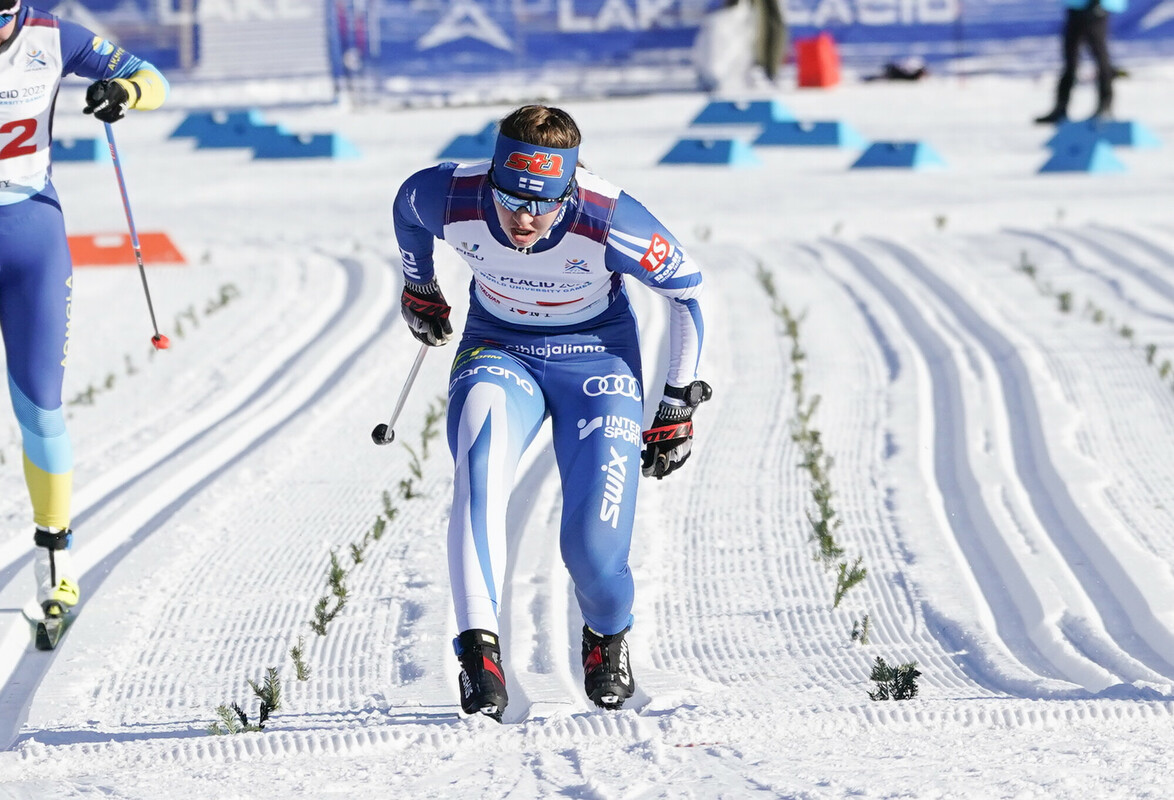
An Experienced Host of Major Events
World Cup ski jumping drew 5,000-8,000 daily spectators at Lake Placid, so Seymour is confident in the region’s ability to house and transport perhaps double that amount for a cross-country World Cup. The recent World University Games was also an invaluable training ground for ORDA and other organizations to learn how to fine tune things such as housing and transporting such large numbers of people. “Our expectation…is to have 8,000 to 10,000 people,” said Seymour. “But, given the U.S. team’s fabulous seasons…we recognize we may have more than that. We’re looking at what we need to do to accommodate even more.”

Hosting other international events such as UCI’s Mountain bike World Cup races sharpens organizers’ skills and helps debug glitches in advance of other major events. Seymour describes the level of preparation that will have been achieved by the time the cross-country World Cup hits Lake Placid: “We will have had two World Cup cross-country mountain bike races. We’re expecting 8,000 spectators this year. I think that will give us a very good idea of what that impact is on the venue. Most spectators will be shuttled into the venue that will be the same for cross-country skiing.”
The area has a small full-time population, but having large international events isn’t perceived as a negative strain on the community. “Lake Placid has been the epicenter for sports and events since 1932,” said Seymour. “People recognize that those events bring people, fill hotels, and make for a vibrant downtown and business model. It’s a place that recognizes that these events present different opportunities for families and young people. Lake Placid has been very productive producing winter Olympians from a grass roots level. Lake Placid does well in sending people into the world to compete.”

Home Field Advantage
It hasn’t yet been decided which race formats will be utilized for the three days of racing in March, but Seymour is confident in Mt. Van Hoevenberg’s ability to accommodate any race configuration, and that racers will be challenged by a unique course. “When we were designing the trails, we reached out to the U.S. teams: Nordic Combined, biathlon, and cross-country, and took from them different characteristics of what they would like to see. There were stars of the current teams and coaching staff which had a large influence on what we did, particularly in the Sprint loop. It will be well suited to the skill set of American Sprinters.” That input included looking for a course with “multiple transitions either in topography or turns. So that means multiple changes in topography where you’re either ascending or descending, with quite a few turns. They also wanted a course that was a cardiovascular challenge on the final climb. Our final climb is quite wide and at a grade that benefits the skill set of many American Sprinters. The last 100 meters is about a two to three percent grade with a slight uphill to the finish. The feedback we’ve had…is that there’s not a World Cup course like this on the planet, it’s very technically and tactically challenging.”
More fine tuning will take place when Lake Placid hosts the SuperTour finals this coming winter. Hosting the SuperTour will also present an opportunity for the American squad to add to the home field advantage. “Jessie and Rosie have never skied on snow at Mt. Van Hoevenberg on the new courses, so we wanted to have a window for them to compete before the World Cup.”

Volunteers
One notable hallmark of the Minneapolis World Cup was the quantity and quality of its volunteers. In Lake Placid, volunteers will also be relied upon as an essential component of the event. “Going into major events it’s easy to have concerns about the volunteer load needed,” said Seymour. “Recruitment and training are very important. But it’s a community that’s quite passionate about cross-country skiing…we’ve seen from larger events that we recruit people who are coming to the event, and locals. Our volunteer base comes from as far as northern Maine to New York City. Recruitment and training are a big focus. We have a full time chief of volunteers within ORDA. It’s a dedicated effort across the venue.”

Lingering Concerns
“We engage with a lot of federations and world class events; that’s familiar territory,” noted Seymour. “There are always nuances…between different federations. This is our first World Cup ski race since 1979, and just having that first World Cup event…we’re trying to do everything to understand the nuances. We try to communicate openly with USSS (United States Ski and Snowboard) with what they view as important, and Minneapolis about things they experienced that they didn’t anticipate. We try to bring in as many well experienced people as we can for things that might come our way. The ski race part of it—there’s a high level of expectation—but sometimes the actual race is the less complicated part.”
“We truly feel honored and privileged to be able to host this event. We are doing so with the hope that we get to share it with the Nordic community…and be part of the fascinating story that is being built in the United States with regard to cross-country skiing, and to continue the momentum of the success of the team, the national clubs, and Minneapolis’ spectacularly successful World Cup.”
Thanks to Kris Seymour for taking the time to speak with FasterSkier.


